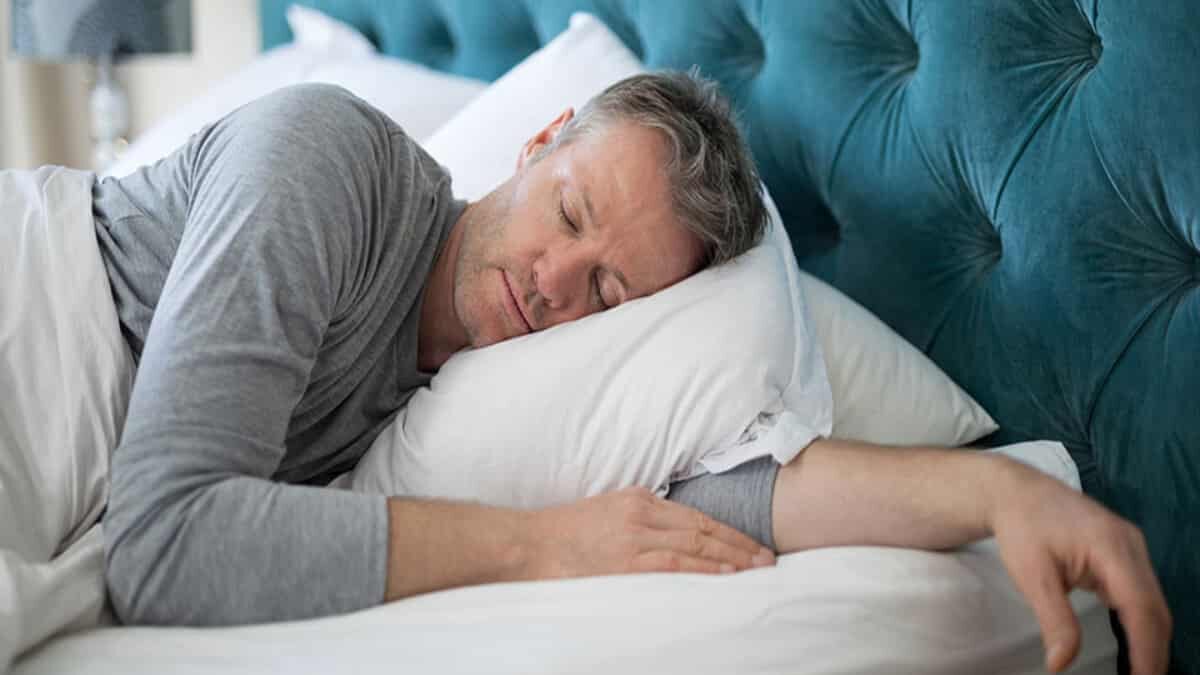According to one research, even modest levels of light can disrupt sleep, raising the likelihood of major health issues such as high blood pressure, diabetes, and obesity in older persons.
The study’s findings were published in the journal ‘SLEEP.’ A recent Northwestern Medicine study found that persons who were exposed to any level of light while sleeping at night were considerably more likely to be obese, have high blood pressure, and diabetes than adults who were not exposed to any light during the night.
This is a real-world (rather than an experimental) study that shows that any light exposure at night is associated with increased obesity, high blood pressure (known as hypertension), and diabetes in older persons. It will be published in the journal SLEEP on June 22.
Also Read: China misuses COVID-19 health app to suppress dissent: Report
“Whether it be from one’s smartphone, leaving a TV on overnight or light pollution in a big city, we live among an abundant number amount of artificial sources of light that are available 24 hours of a day,” said study corresponding author Dr Minjee Kim, assistant professor of neurology at Northwestern University Feinberg School of Medicine and a Northwestern Medicine physician. “Older adults already are at higher risk for diabetes and cardiovascular disease, so we wanted to see if there was a difference in frequencies of these diseases related to light exposure at night.”
Researchers were astonished to see that fewer than half of the 552 research participants experienced a five-hour period of full darkness every day. The remaining individuals were exposed to light even during their darkest five-hour periods of the day, which were frequently in the middle of their nighttime slumber.
Because this was a cross-sectional study, researchers are unsure if obesity, diabetes, and hypertension induced people to sleep with a light on or whether the light contributes to the development of these disorders.
Individuals suffering from these disorders may be more prone to use the restroom in the middle of the night (with the light on) or may have another cause to do so. A diabetic with foot numbness may wish to keep a night light on to lessen the danger of falling.
“It’s important for people to avoid or minimize the amount of light exposure during sleep,” said senior study co-author Dr Phyllis Zee, chief of sleep medicine at Feinberg and a Northwestern Medicine physician.
Zee and colleagues are contemplating doing an intervention trial to see if restoring the normal light-dark cycle improves health outcomes like memory.
Zee offered tips to reduce light during sleep:
- Don’t turn the lights on. If you need to have a light on (which older adults may want for safety), make it a dim light that is closer to the floor.
- Colour is important. Amber or red/orange light is less stimulating for the brain. Don’t use white or blue light and keep it far away from the sleeping person.
- Blackout shades or eye masks are good if you can’t control the outdoor light. Move your bed so the outdoor light isn’t shining on your face.
Follow Medically Speaking on Instagram





